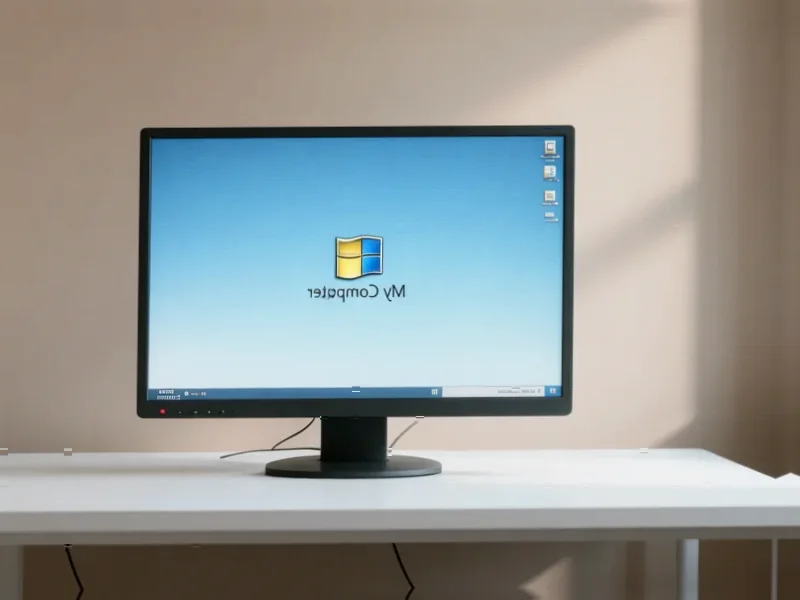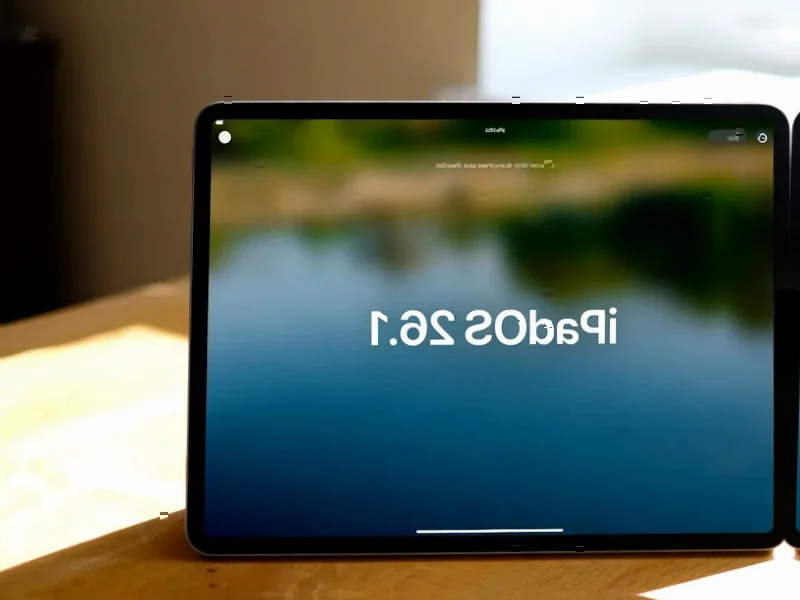According to TheRegister.com, the UK’s Department for Environment, Food & Rural Affairs (Defra) spent £312 million (about $407 million) modernizing its IT systems, including replacing 31,500 Windows 7 laptops with Windows 10. The problem? Microsoft stopped supporting Windows 10 on October 14, 2024, meaning the department essentially upgraded from one unsupported operating system to another that’s already outdated. Defra’s interim permanent secretary David Hill revealed these details in a letter to MP Sir Geoffrey Clifton-Brown, chair of the Public Accounts Committee. The department also addressed over 49,000 critical vulnerabilities and migrated 137 legacy applications, but still has 24,000 end-of-life devices that need replacing. This massive investment came in response to a May 2023 committee report that demanded better justification for IT spending.
The Timing Problem
Here’s the thing that really gets me about this situation. Defra spent all that money – £312 million! – to move from Windows 7 to Windows 10 right as Microsoft was preparing to end support for Windows 10. It’s like buying a new car the day before the manufacturer announces they’re discontinuing parts and service. The department is now either facing the prospect of paying Microsoft for extended security updates or running unsupported systems that handle critical infrastructure like flood prevention and border controls.
And they’re not even done. They still have 24,000 devices that need replacing, plus 26,000 smartphones and network infrastructure. That suggests the Windows 10 rollout was basically a stopgap measure rather than a comprehensive modernization. These older devices probably can’t even run Windows 11, which means Defra’s digital transformation is already behind schedule before it’s even finished.
Deeper Issues
Look, this isn’t just about bad timing. This reveals how deeply broken government IT procurement and planning can be. The fact that Defra submitted its response more than a year late to the Public Accounts Committee tells you everything about their approach to deadlines. When you’re dealing with systems that protect against floods and secure borders, being this far behind on basic security updates isn’t just inefficient – it’s potentially dangerous.
They’re deploying what they call “hyper care” solutions to protect obsolete servers until full upgrades happen in the “next cycle.” But when exactly is that next cycle? And how much will that cost taxpayers? Large-scale government IT projects have a nasty habit of running over budget and behind schedule, and this one already has the hallmarks of that pattern.
What’s Next
The department says the next phase focuses on moving business-critical applications to the cloud and replacing all that end-of-life hardware. They’re talking about automation, AI, and phasing out paper forms – all good goals in theory. But I can’t help wondering if we’ll be reading the same story in three years about their failed Windows 11 migration.
Basically, they’re trying to dig out from under a decade of technical debt, which is admirable. The intent to build a “reliable, secure, and supported technology base” is exactly what government IT needs. But if they stop at Windows 10 and don’t fully commit to cloud migration and hardware replacement, they’ll just be maintaining another generation of unsupported systems. And taxpayers will be footing another massive bill down the road.




